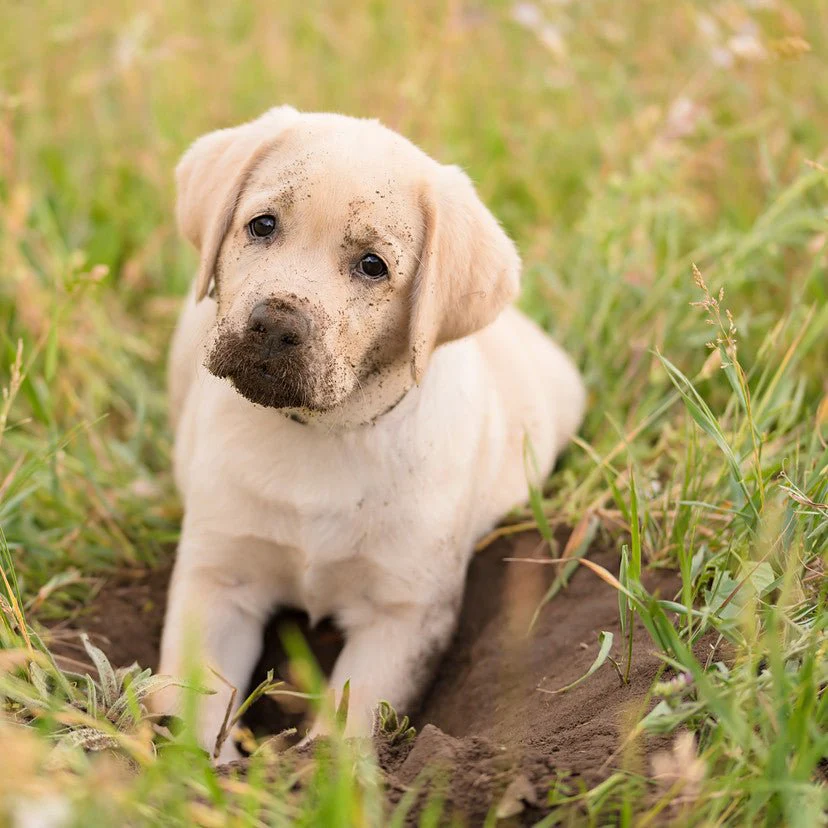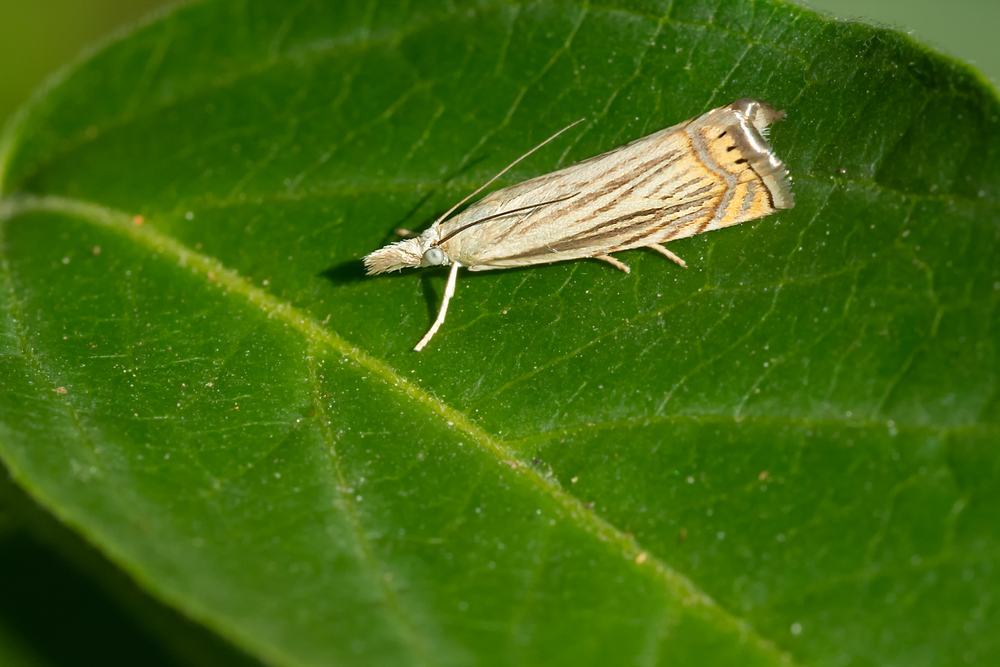Lawn care may seem like the last thing on your mind with the extreme weather this winter. Beautiful, healthy grass needs special attention at all times. There are many ways to prepare your lawn for cold weather, and also help it recover from the harsh winter. The good news about grass is its resilience. With a little help, it can return to its lush green self in no matter how long.
What can homeowners do to make their lawn look great in winter?
These are seven key tips to keep your grass healthy and strong during the winter months.
Keep your yard clean throughout the winter.
Take care not to forget anything as you finish up your fall yard work. Put away the leaves, and all garden decorations, including hoses, garden furniture and garden furniture.
The grass will become matted if there is anything left on the surface. The added moisture from rain and snow can make it easy for mold and pests to get in, causing turf damage or death.
Take extra care to protect your lawn during the last weeks of winter.
Do not give in to late-winter fatigue. Protect your grass from snow and regular traffic through the end of the season. Make sure that snow doesn’t accumulate on your sidewalks, driveways or paths so people can walk safely.
Avoid putting snow on the lawn. To melt the snow faster, remove ice from piles and scatter it around.
New grass growth can be easily damaged by pressure from feet and piled snow as winter turns to spring. Piles of snow take longer for to melt, and can prevent grass from receiving the first warm rays in spring. The grass takes longer to start growing and turn green.
At the beginning of each season, groom the grass.
It’s not unusual for your grass to look sad and worn-down after the snow melts. Winter can be a difficult time for any lawn. Lightly rake the lawn in the spring to prepare the turf for the coming season. After the soil has dries, you can carefully remove any leaves or dead grass with a regular leaf-rake. This will remove any matt areas and increase airflow to the blades.
You should wait until the ground is dry and firm before you start raking. You can damage the grass by walking on it if the soil is too wet. Be gentle. Old grass and new growth are delicate, and moist soil makes it easier for the blades to be pulled out of the ground.
Give the grass some fresh air.
Make sure to seed your lawn during peak growth season to ensure that grass bounces back quickly. The aerator tool drills shallow, small holes in the ground. This tool is used to break down compact soil and provide enough space for grass growth.
Aerating your turf in the spring will allow it to thrive and keep it from becoming too compacted in the summer and spring. You can also help your yard recover from unusual winter seasons like this one, where temperatures change and the ground freezes, thaws, and then freezes again.
Over-seeding can encourage new growth in spring.
A handful of homeowners are unaware that grass loves company. Cool-season grasses are best when AERATED in Fall. Next, spread grass seed on top of the turf to stop winter’s natural thinning. You can also add new growth to keep the turf looking lush throughout the year.
While it is fine to over-seed in spring, fall is the best time.
You should plant seeds in spring. To speed up the growth of your plants, you will need to water them more often and monitor them closely. Ideal time to plant is the first week of April.
It should be given nutrients to grow in the spring.
Winter climate often times causes plants to go dormant, so fertilizer shouldn’t be needed during the coldest months. Even cool-season grasses, this is true. You can help your lawn recover from harsh weather by fertilizer treatment in the spring.
To energize your grass for spring, give it a healthy snack after you have finished aerating. The roots absorb a special blend of nutrients called lawn fertilizer. The plant then stores it or uses it over time as food. A spreader can make fertilizing quick and simple.
Do not wait too long to mow your lawn.
Although it might seem early, most grass in our region will be ready for its first trim in April. It is recommended that grass be cut when it has reached 3 inches in height. You can prevent grass from becoming overgrown by mowing them as soon as they reach this stage. This will encourage continued growth.





